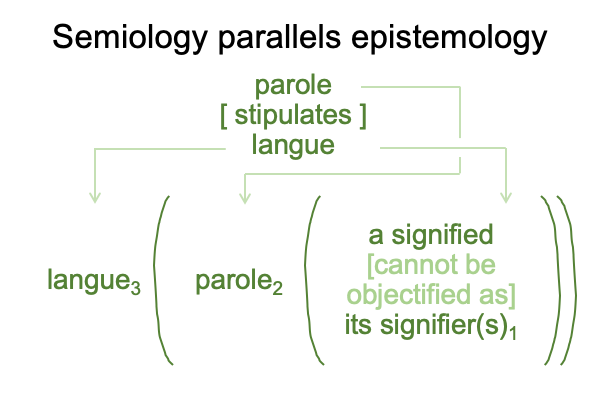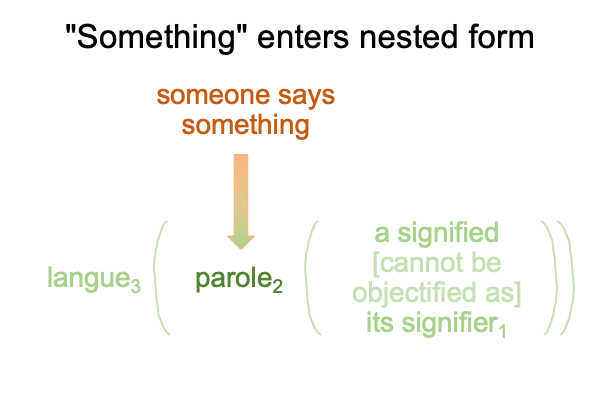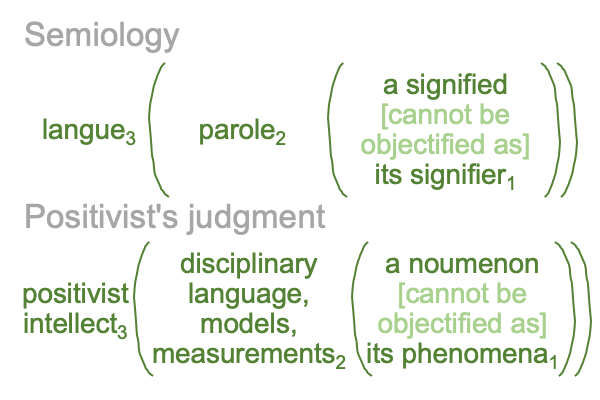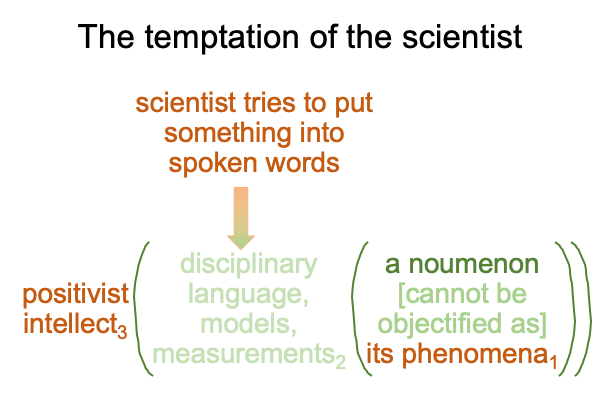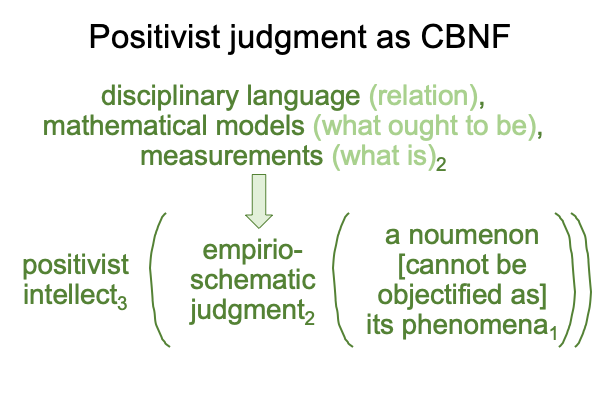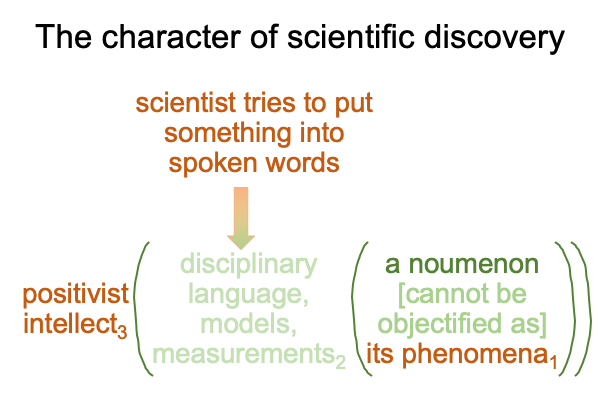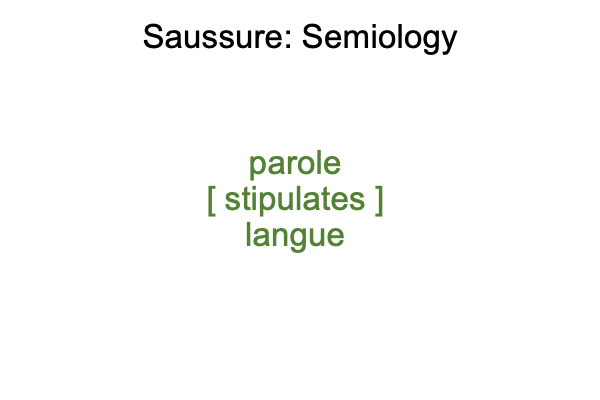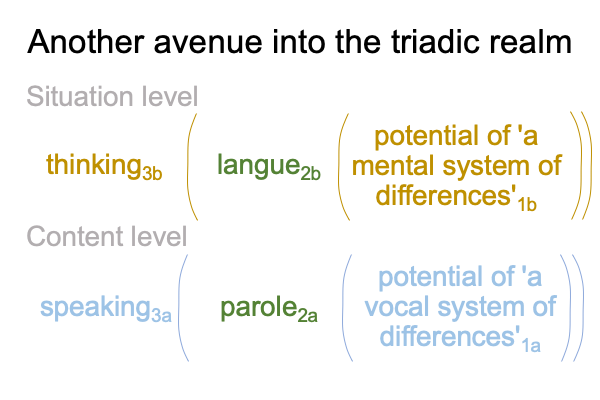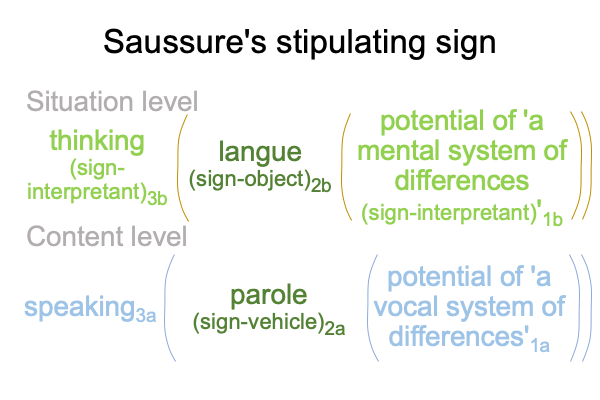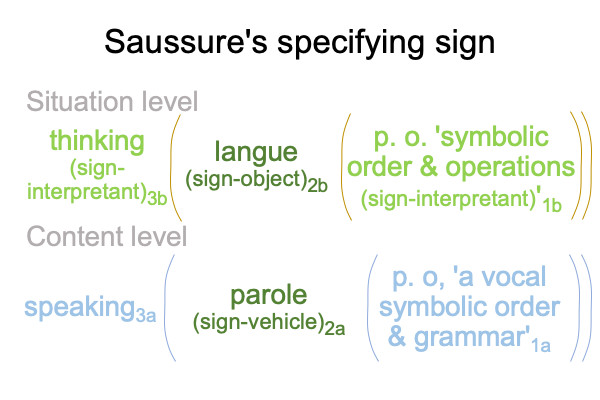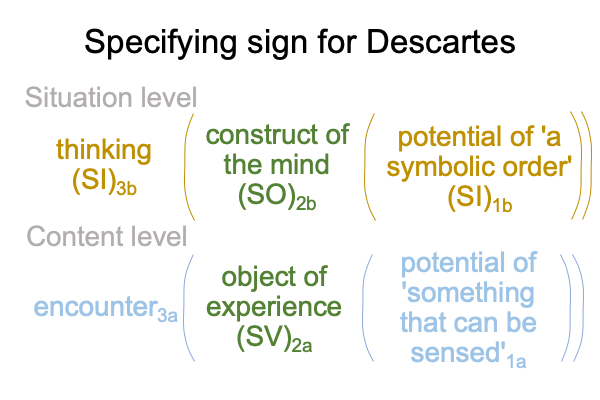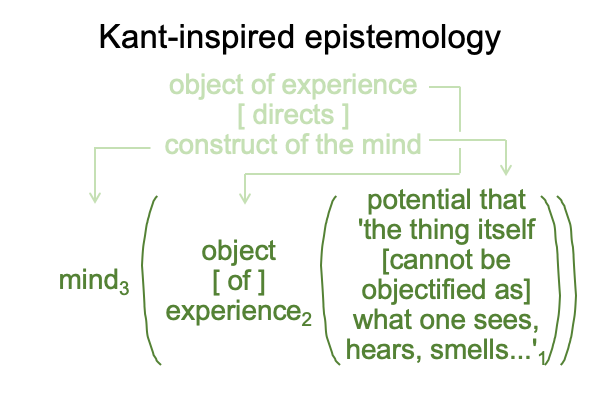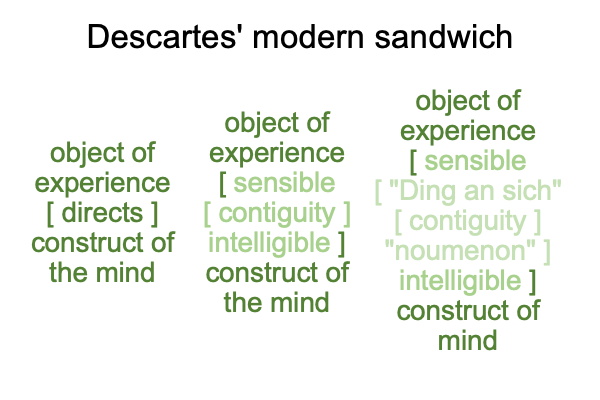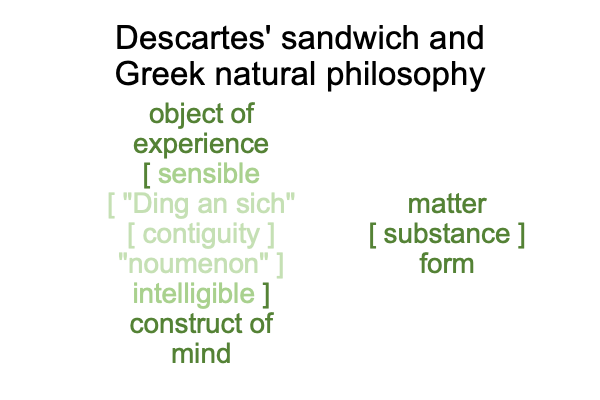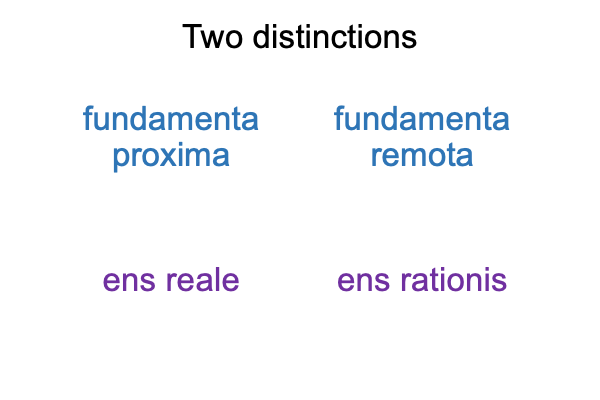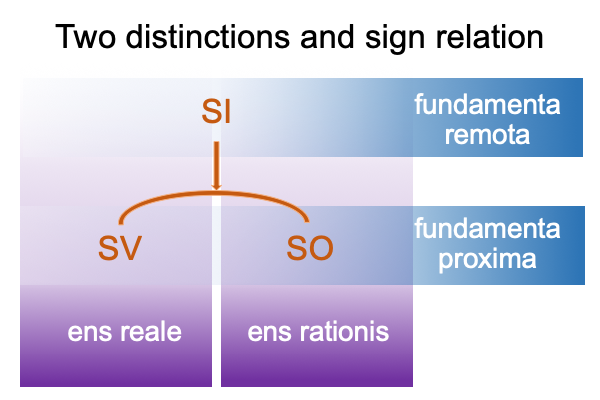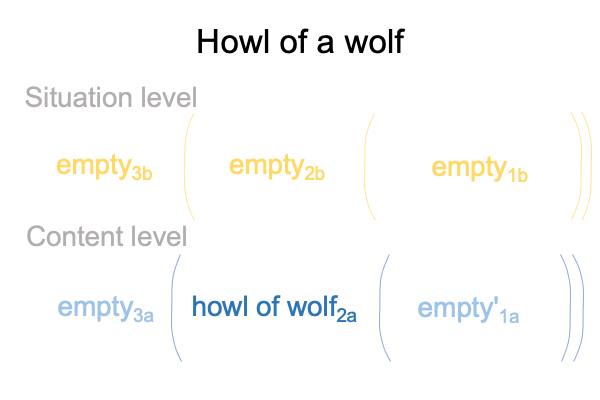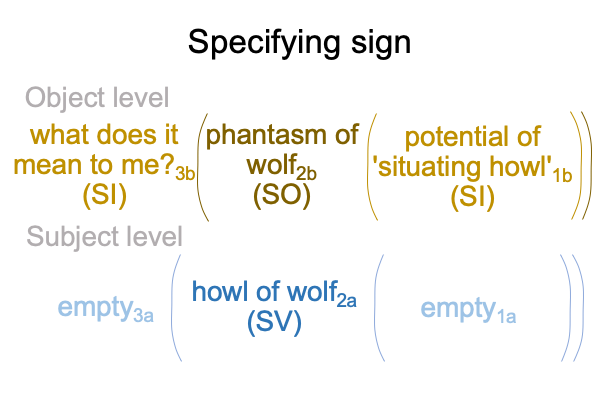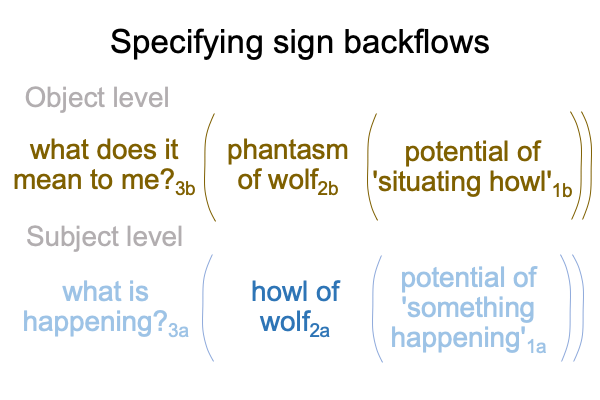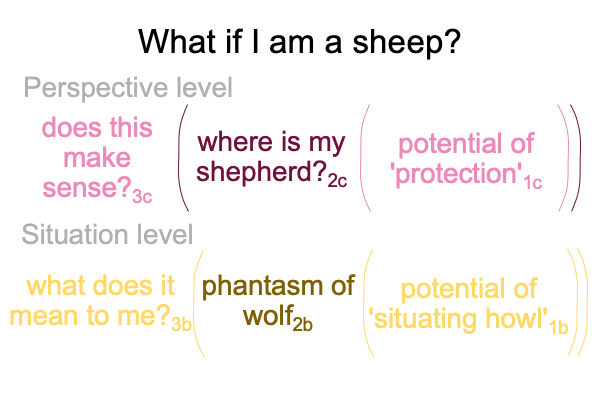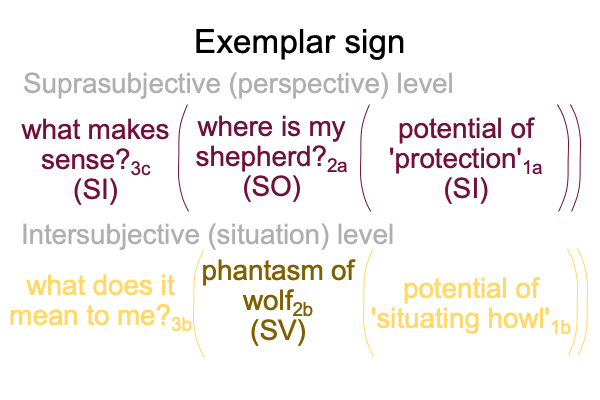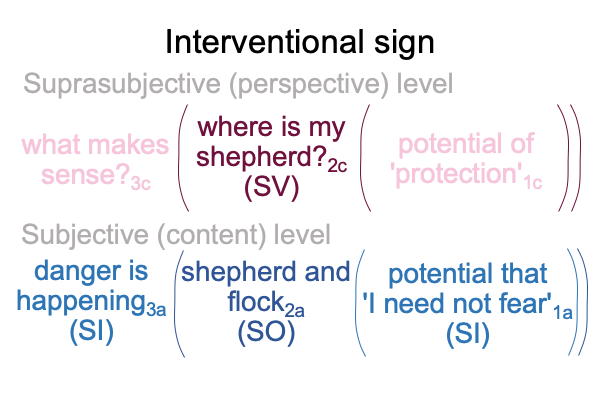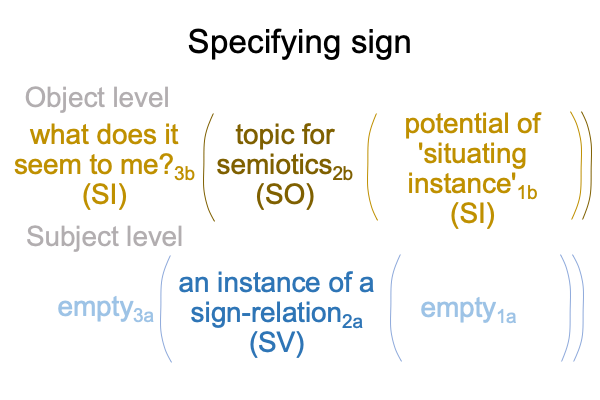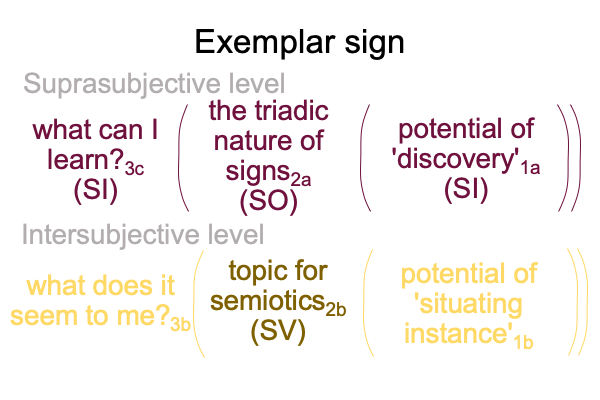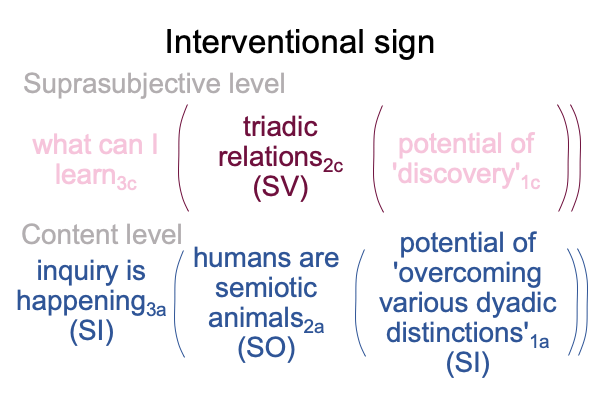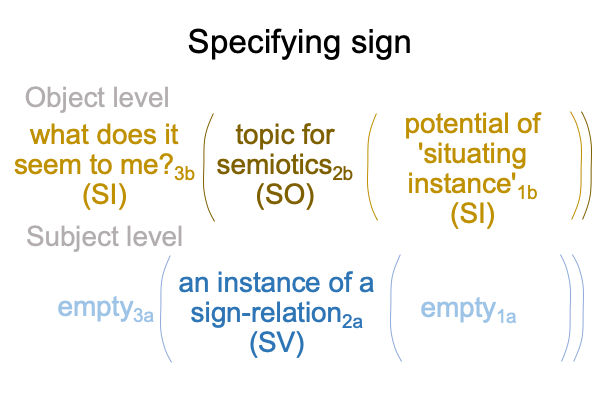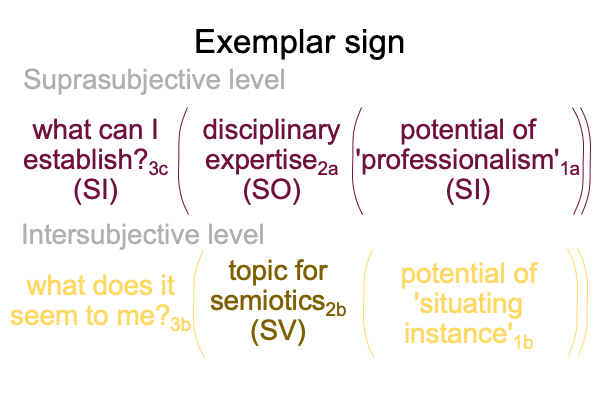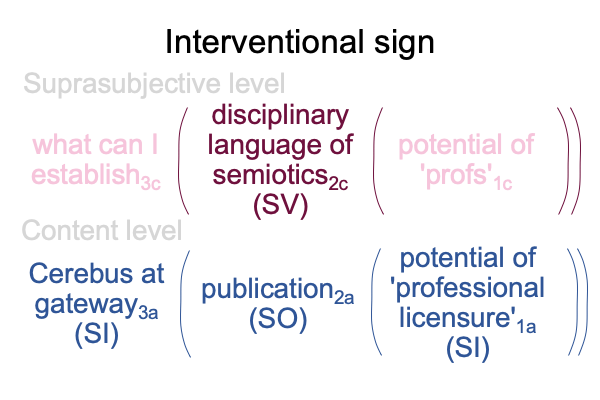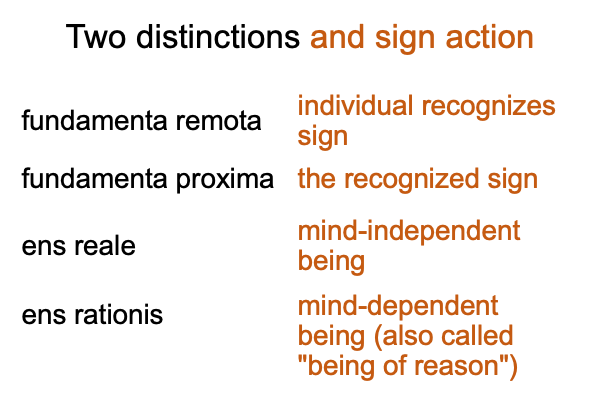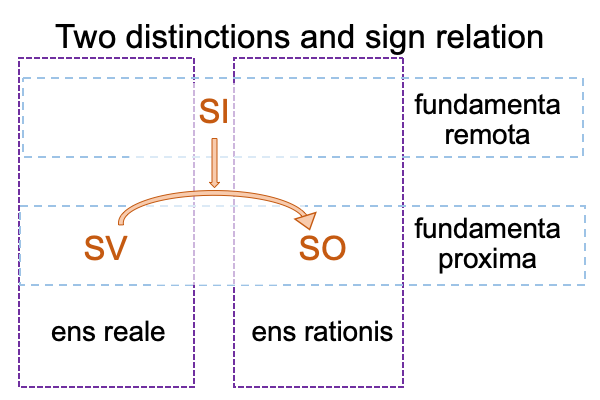Looking at John Deely’s Book (2010) “Semiotic Animal” (Part 3 of 22)
0016 In chapter two, modern philosophy takes flight toward its twilight and, in chapter three, we enter the dawn of a new understanding of human beings.
0017 Two independent lines of thought develop in Europe and in America in the late 1800s and early 1900s. The lines seem a little crossed. On the American side, Charles Peirce reproduces the Baroque scholastic definition of the sign as a triadic relation. Yes, Baroque scholasticism sounds like Europe. On the European side, Ferdinand de Saussure recognizes that his novel model of language occasions an inquiry into sign-causality. To me, this sounds quite American. Language is a sign-machine, consisting of two arbitrarily related systems of differences.
0018 Consider a map of Pennsylvania. This map is an example of a nonarbitrary or a motivated or a systematically related system of differences. The roads on the map are signifiers. The actual roads are the signified.
0019 Consider spoken languages. Talk (in French, parole) consists in one system of differences. Each uttered word is distinct from all other words. Another term for a finite set of differences is a symbolic order. What goes on in one’s head while talking (in French, langue) consists in the other set of differences. According to Saussure, the relation between parole and langue is arbitrary. Or, one can say, parole [stipulates] langue, where the contiguity, “stipulation”, is arbitrary.
0020 Note how I can depict these examples as hylomorphes.
A map [ overlays ] a landscape.
Parole [stipulates ] langue.
Plus, the latter dyad captures the flavor of Descartes’ original hylomorphe describing humans as thinking things.
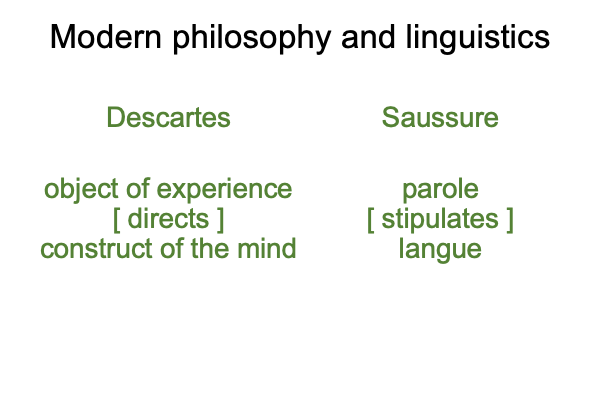
0021 Saussure’s hylomorphe is versatile, because parole and langue can serve as bread for a sandwich filled with expansions of the contiguity, [stipulates]. The terms, signifier and signified, to an Aristotelian, are a little misleading, because the signified is typically “out there” (like a landscape) and the signifier is typically “ready to hand” (like a map). But, the signified is simultaneously “in here”, because all one has to do is look to see the road that corresponds to a line on the map. Even more “in here” are images of the road conjured when looking at a map while planning a trip at home. No wonder Saussureans elevate the mental image of the road (“in here”) and ignore the road itself (“out there”).
Another pairing is acoustic signal (signifier) and neural signal (signified), the stuff of cognitive psychology. These are a few of the obvious pairings that can expand the contiguity between parole and langue.
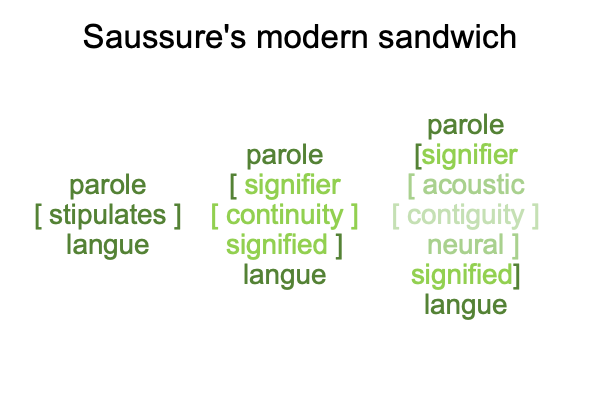
Imagine how many academic works can be formulated based on an ever-expanding “stipulation”. Every researcher can discover or further develop one layer within the center of the intellectual sandwich.
0022 Yet, none of these sandwiches are satisfying, in the human sense of the word, because (if humans are semiotic animals, then) humans think in terms of signs… er… triadic relations.
0023 In order to understand an actuality2, the human conjures (if that is the proper word for it) a normal context3 and its potential1. This is apparent for Aristotle’s rational inquiry. A thing is an actuality2. Actuality2 belongs to secondness. Secondness consists of two contiguous real elements. So, the actuality2 becomes matter [contiguity] form2 as the normal context3 (of rational inquiry3) and its potential1 (of Aristotle’s four causes and similar schema1) are conjured.
Check points 0014 and 0015 for that one.

